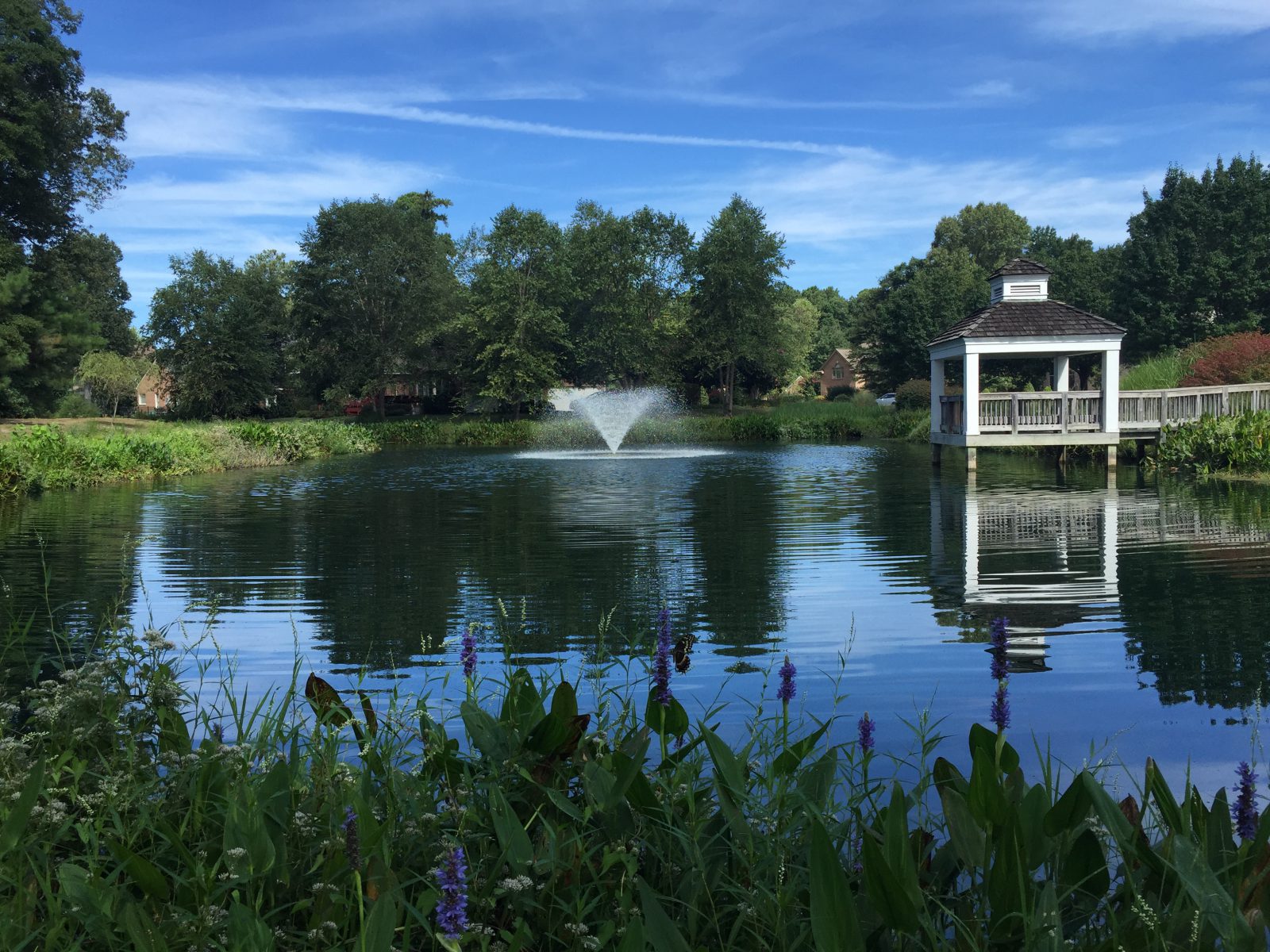
4 Things You May Not Know Are In Your Pond
We have all seen the sunset above a pond, watched fish splash over the water, and skipped rocks across the surface. When fishing, boating, or walking around the water, we are able to connect with nature and peer into the aquatic ecosystems around us. But what lies below the water can sometimes be a mystery. Often, the things you can’t see are the most important contributors to the health and beauty of the ecosystem.
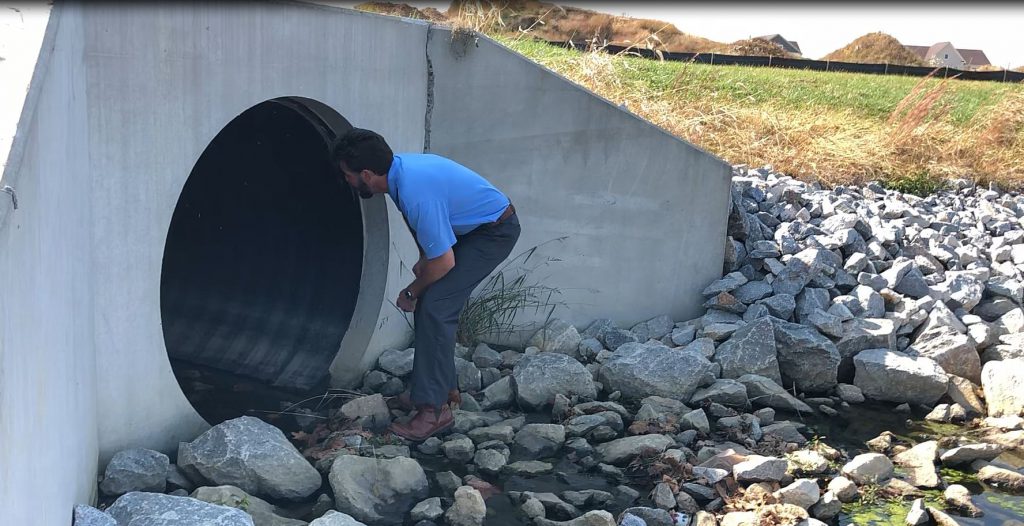
Stormwater Pond Equipment
Lakes and ponds are created naturally, but in many instances, they are man-made for a number of purposes such as stormwater management. There are many important components in a stormwater pond that help regulate water levels, filter debris, and prevent flooding – some of which are located under the water. All of these structural components require frequent maintenance to ensure the continued integrity and functionality of the waterbody.
If you’re not sure if your waterbody has been designed to manage stormwater runoff be sure to ask a professional to identify and also determine your community’s maintenance responsibilities. No matter the case, taking some small proactive steps can help protect these important stormwater management ponds in our community. Be sure to pick up trash and debris to prevent clogging. Limit pollutants by picking up pet waste and lawn clippings. And allow native plants and grasses to grow 3-5 ft out from the shoreline to help filter runoff and deter nuisance species like geese.
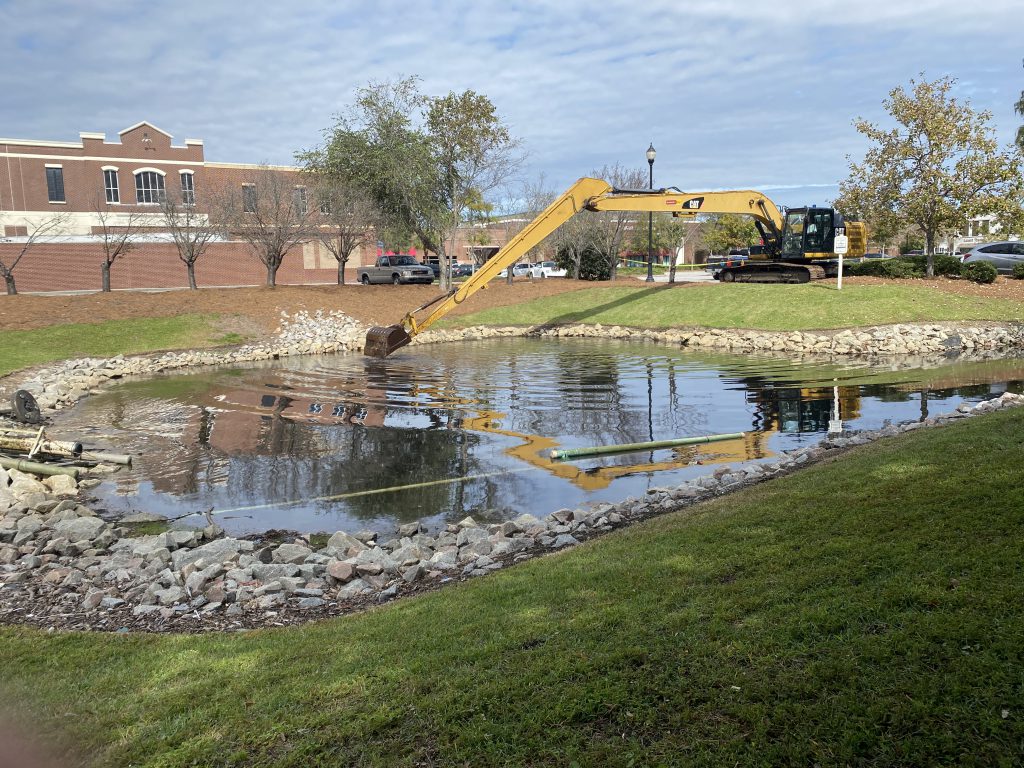
Slopes & Contours
Over time, all lakes and ponds become inundated with sediment, debris, and organic pollutants that decompose and create bottom muck and sludge. Eventually, this build-up can completely change the bottom of the waterbody by creating new contours and valleys under the surface. This not only reduces overall depth, but it can result in dangerous flooding, poor water quality, and reduce habitat for native species.
Eventually, dredging will be required to restore the waterbody. Pond sediment removal costs can be substantial, so it’s wise to gather knowledge about the rate at which muck is developing. Bathymetry (lake mapping), which is a process that creates a detailed map of the bottom, is a great way to track sedimentation and can aid in designing a management plan to proactively limit muck accumulation. Common preventative strategies include mechanical hydro-raking, management of eroded shorelines, and biological bacteria applications.
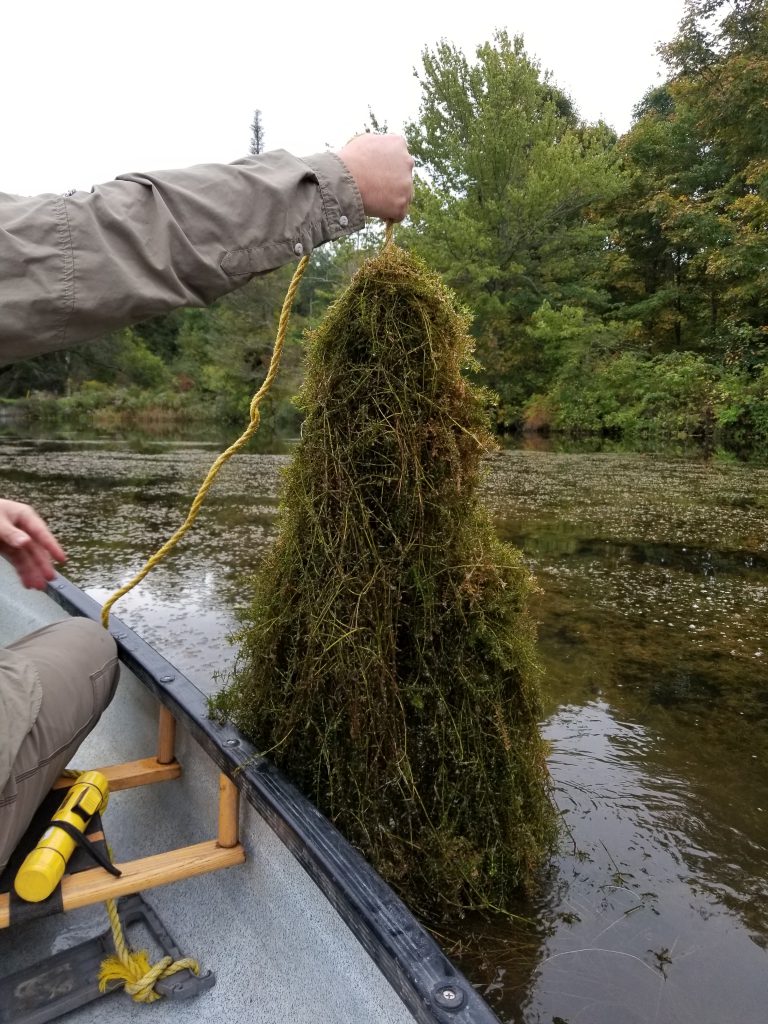
Submerged Plant Species
We’ve grown accustomed to seeing algae and invasive water plants such as duckweed and water chestnut on the surface of improperly managed lakes and ponds, but many undesirable plants only grow beneath the water’s surface. Though this can make them easier to ignore, submerged invasive water plants can pose significant problems and dangers.
Hydrilla, watermilfoil, and other long, stringy underwater plants are known to clog boat motors and recreational equipment. And if the invasive water plant fragments go unnoticed, they can be accidentally introduced to other waterbodies. Likewise, reports often emerge in the summer of submersed plant species entangling and sometimes drowning swimmers. Existing infestations are best managed with highly-targeted applications of EPA-registered herbicides, but proactive management via annual lake management programs is the most effective way to prevent this spread.
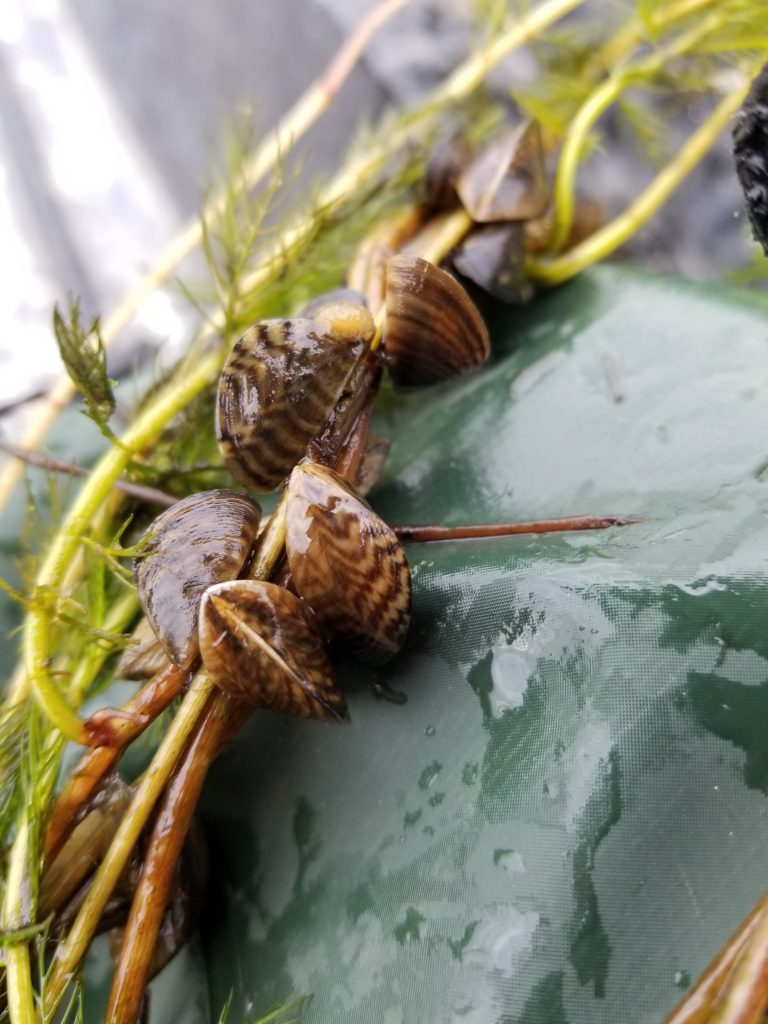
Foreign Species
Like invasive water plants, foreign animal species can cause great harm to aquatic ecosystems. As urban development, global travel, and international trade continue to increase, this threat becomes even more commonplace. Many invasive species plague the United States such as apple snails, bufo toads, armored catfish, and zebra and quagga mussels. Without intervention, invasive species may ultimately come to dominate the ecosystem, threatening the delicate balance of native plants and animals.
Early identification is the best way to prevent the spread of invasive species, but distinguishing between native and invasive animals can be difficult. That’s why community education and professional monitoring are key. Removing invasive animals can be difficult due to the lack of well-defined strategies, but reputable aquatic management firms choose to utilize the most humane removal methods possible. If you suspect an invasive aquatic animal is present in your waterbody, be sure to contact a professional.
Restoring Balance. Enhancing Beauty.
It can be easy to take our water resources for granted, but they help support every facet of life. By better understanding the impact we have on the aquatic ecosystems around us, we can help extend the health and longevity of our lakes, stormwater ponds, wetlands, and drinking water reservoirs for years to come.









